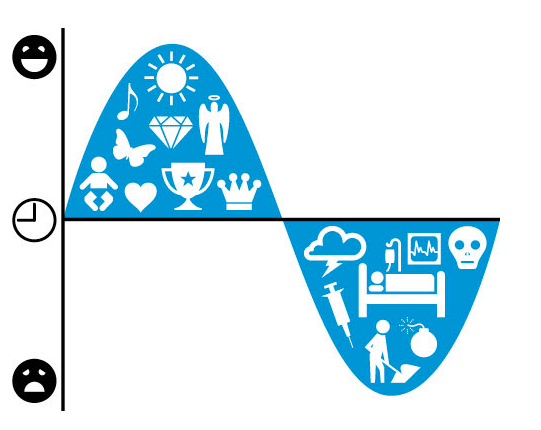Have you ever ever thought-about the form of a narrative? Maybe it’s a story that undulates and dips, earlier than rising to a end. Or it’s a story that’s jagged, with stiff cliff faces. Inside most of us, since childhood, is a person wealth of tales from which we will kind shapes and sense.
Over time, as we learn, accumulating tales and reminiscences, our sense of a narrative deepens like a coastal shelf. Our language and information of the world turns into inextricably linked to these tales. They turn into – as Dan Willingham relates – “psychologically privileged” in our minds and hearts.
Once I take into consideration the label of ‘deprived youngsters’ I contemplate wealth and materials fundamentals firstly, however I rapidly leap to the privilege of tales and the riches of information, understanding and the nourishment that they provide us.
The significance of ‘psychological fashions’
When our college students learn and write they draw upon their information of tales – typically consciously, typically unconsciously. The language and phrases and patterns turn into identified and understood, matched and linked collectively. Over time, college students develop what we will time period a ‘psychological mannequin‘. That’s to say, the extra we learn, the extra we perceive, the extra we develop a ‘mannequin’ of several types of tales and their respective worlds.
We all know that the sooner we learn, and the larger the quantity of our studying, the extra superb grained and exact our ‘psychological mannequin’. For a lot of youngsters who be part of faculty, they’re nicely on the best way with being learn to and the form of tales – psychological fashions – are already rising of their minds. By secondary faculty, I can educate a gothic story, however most college students might write a very good try with little to no instructing. The form of the story is already nicely fashioned of their minds.
For a lot of college students thought, they don’t have a wealth of studying that has helped them kind wealthy, advanced psychological fashions. They sort out advanced texts and language at GCSE they usually flounder. As an English instructor, this issues nice to their skill to succeed. Such youngsters want to start as early as potential, and if the form of tales just isn’t inside their grasp, then we must always make what’s implicit express to them (to borrow Geoff Barton’s phrase).
I occurred to lately cross by an exquisite design web site by Maya Eilam, who has produced a wonderful infographic, based mostly on Kurt Vonnegut’s theories of archetypal tales, on the very subject of the ‘form of tales‘. See right here:
I feel these are good prompts to assist our college students see, contemplate and speak concerning the ‘form of tales’. In doing so, it could actually deliver to life sterile evaluation of construction into one thing extra significant. It prompts concepts round getting college students to think about the form of standard story genres. What could be the archetypal form of a gothic novel? What could be the form of Victorian detective fiction?
What we have to do, for each pupil, not simply those that aren’t wealthy with tales, is to assist them construct their psychological fashions of nice tales, in order that they’ll write and analyse construction and plot in a manner that’s purposeful and connects to the ‘large image’ of our literacy traditions, previous, current and future.
It makes me consider different methods to assist college students construct their ‘psychological fashions’ of literature, from devising literary timelines, utilizing Christopher Booker’s ‘Seven Fundamental Plots‘ as a option to join tales, or Propp’s ‘morphology of a people story‘, alongside his archetypal characters, and plenty of extra fashions, patterns and constructions.
So what’s the form of the story you might be studying?

